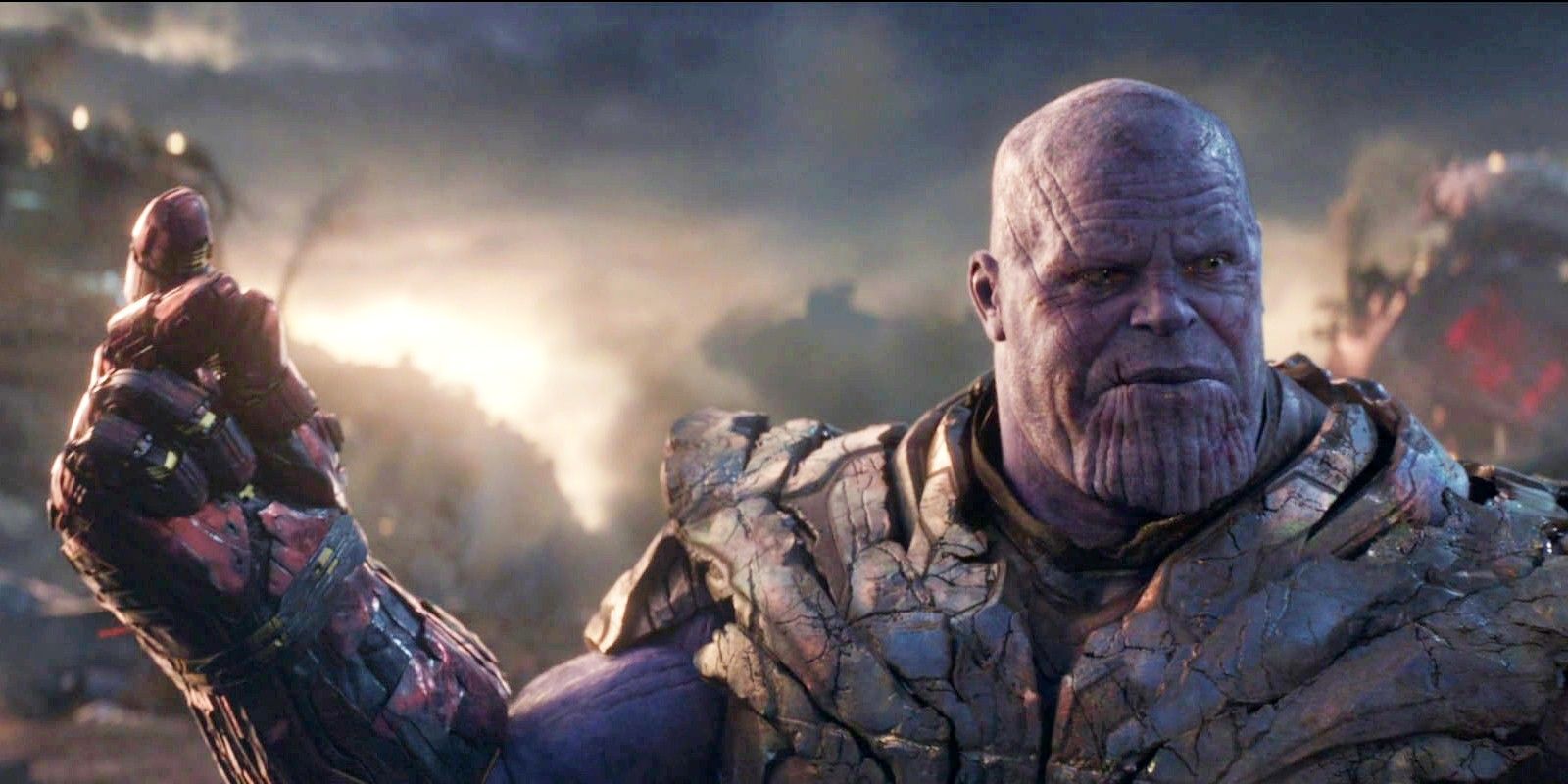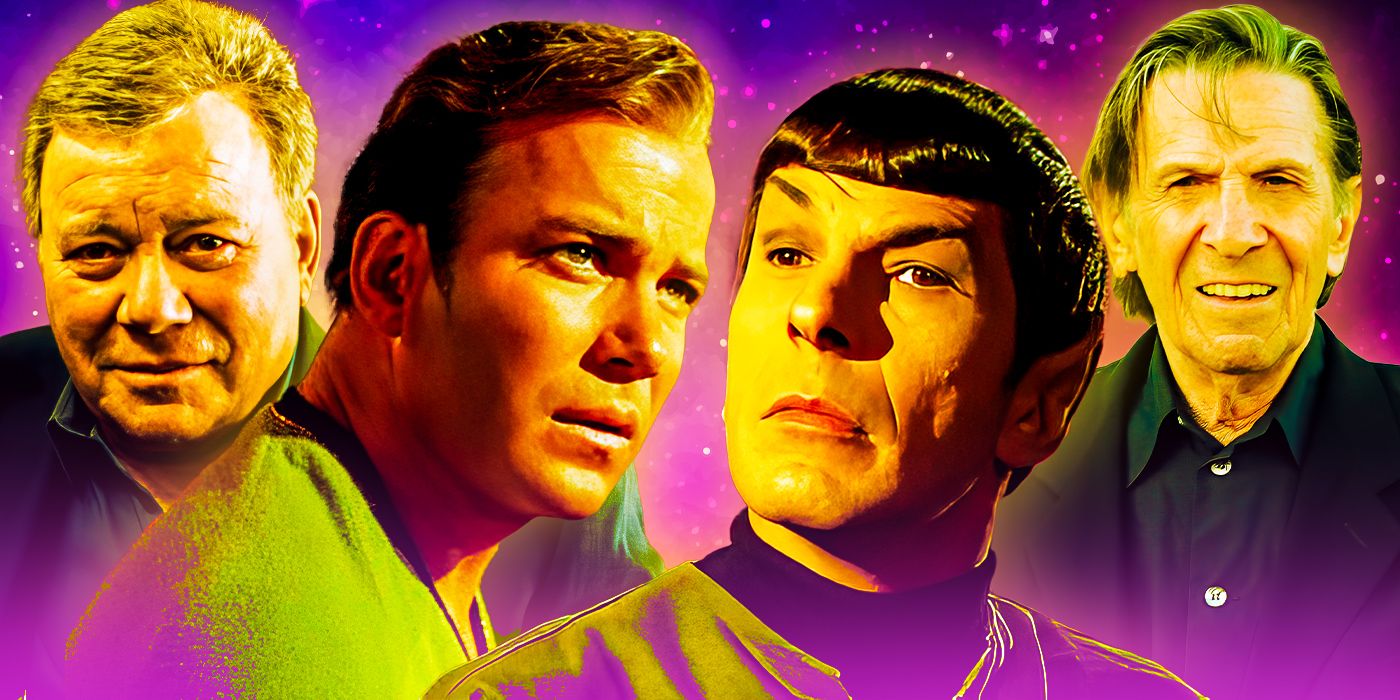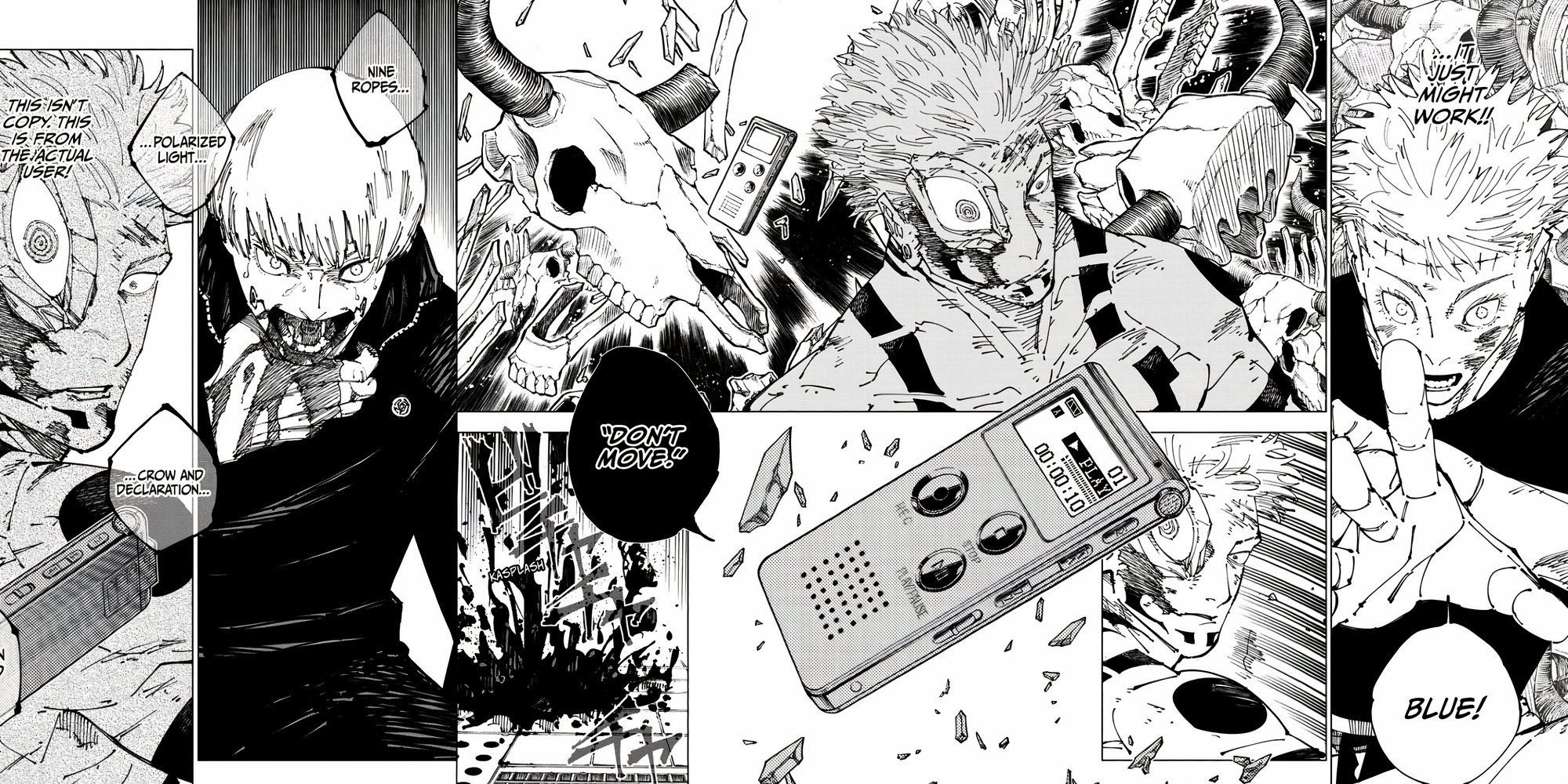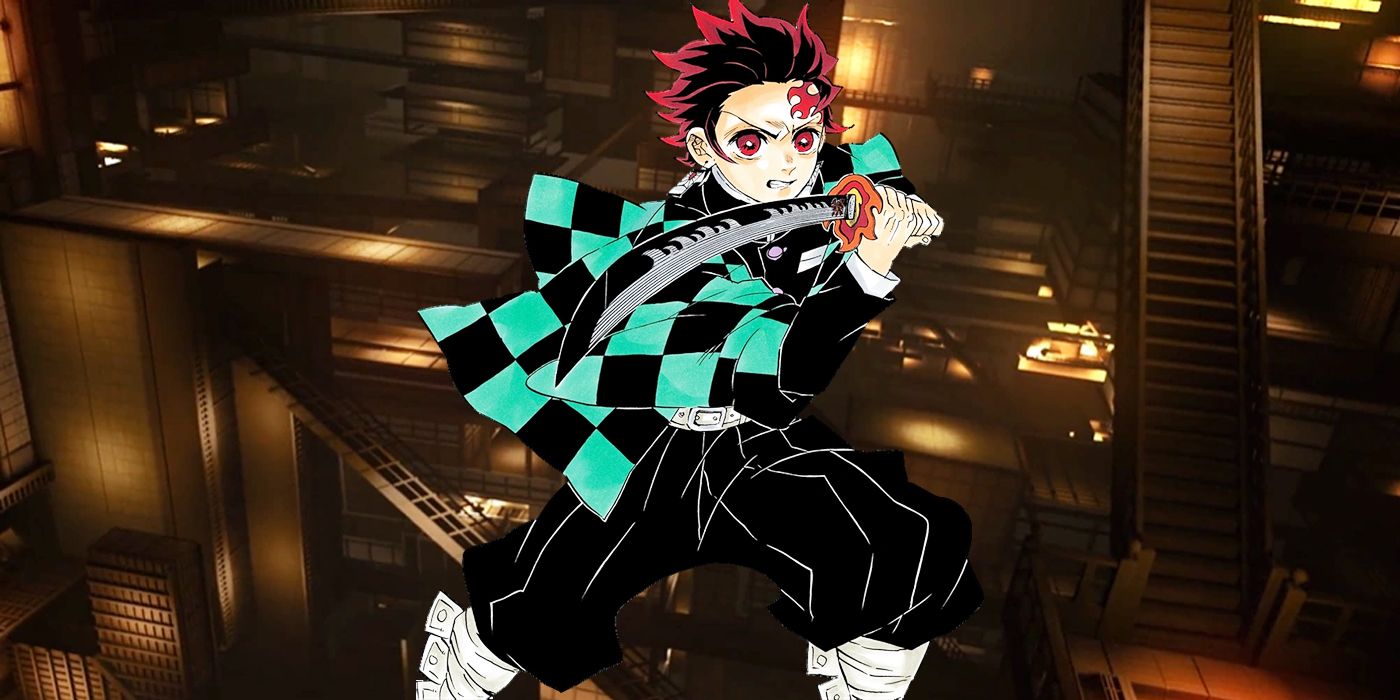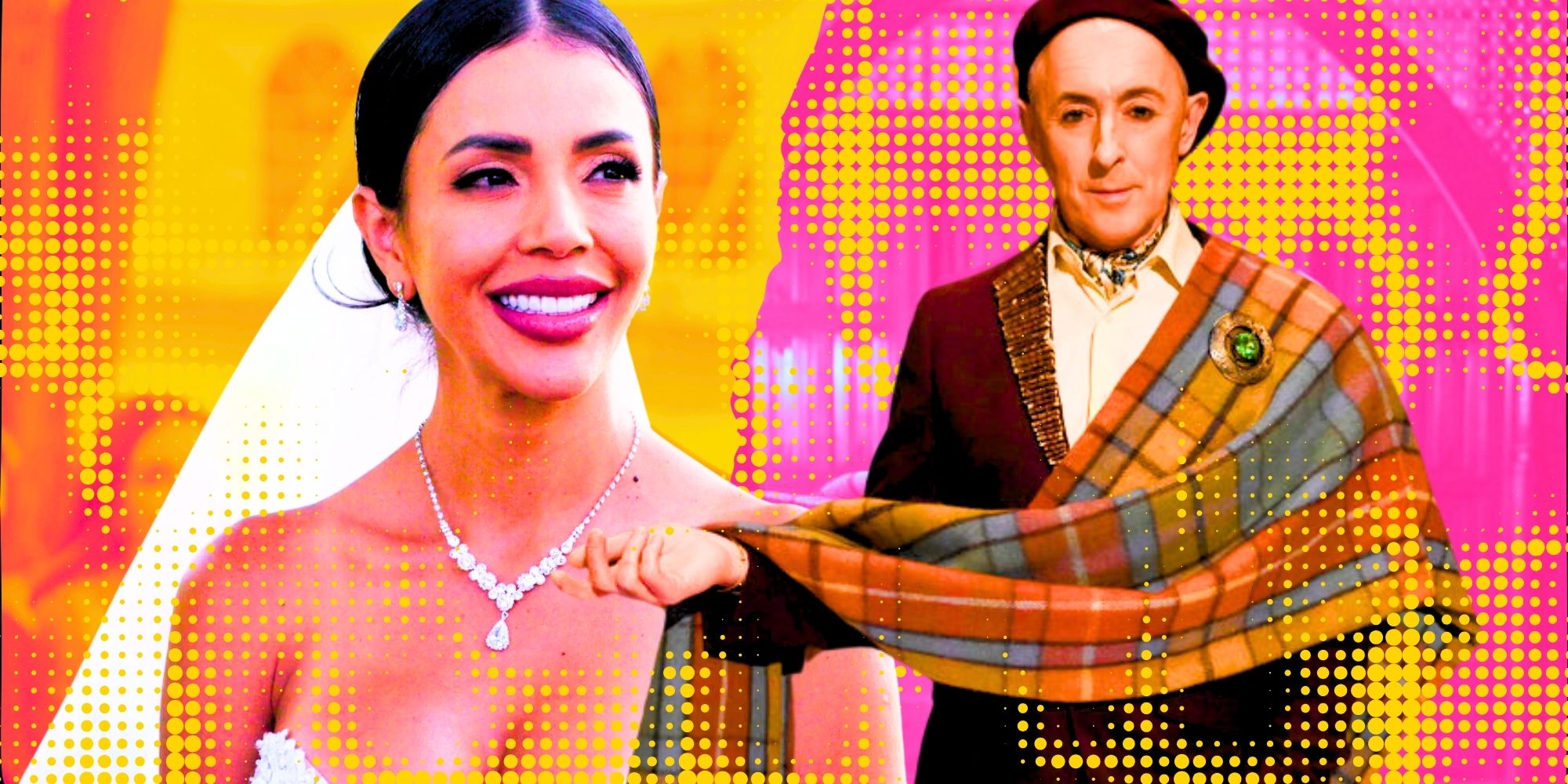A likable protagonist is seemingly a given in movies — at least in the Hollywood mainstream – because if the protagonist is unlikable, then why should the audience plunk down a few dollars to spend two hours following their journey?
But, as with anything that’s unconventional, an unlikable protagonist can add new layers of profound meaning to a story in the hands of a master storyteller. Stanley Kubrick and Malcolm McDowell turned Alex DeLarge, the shockingly hateable antihero of Anthony Burgess’ dystopian classic A Clockwork Orange, into arguably the most memorable and iconic “villain protagonist” in movie history.
A Clockwork Orange (1971)
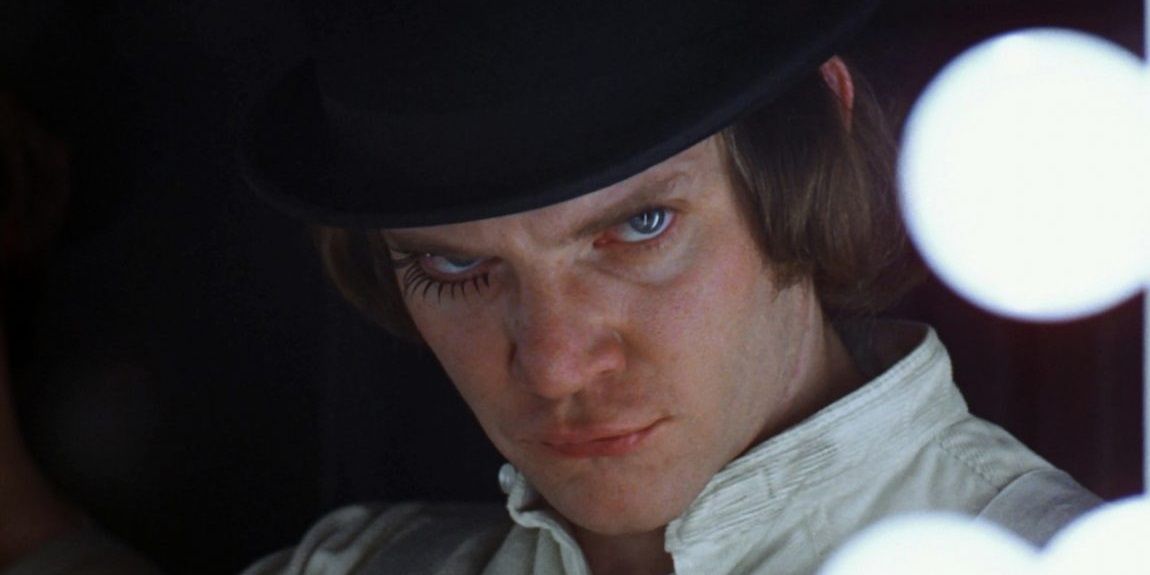
In the opening scenes of A Clockwork Orange, Alex DeLarge and his band of “droogs” go on a carefree crime spree whereby they gleefully beat, gouge, and sexually assault unsuspecting people who happen to catch their eye. Eventually, Alex is caught by the police and thrown in jail, where he’s offered a reduced sentence in exchange for taking part in an experimental new rehabilitation treatment.
After undergoing the Ludovico Technique, Alex bows down to authority figures and keeps to himself. He seems to have lost all shred of individuality, but the final shot suggests he hasn’t really changed after all.
Bad Lieutenant (1992)
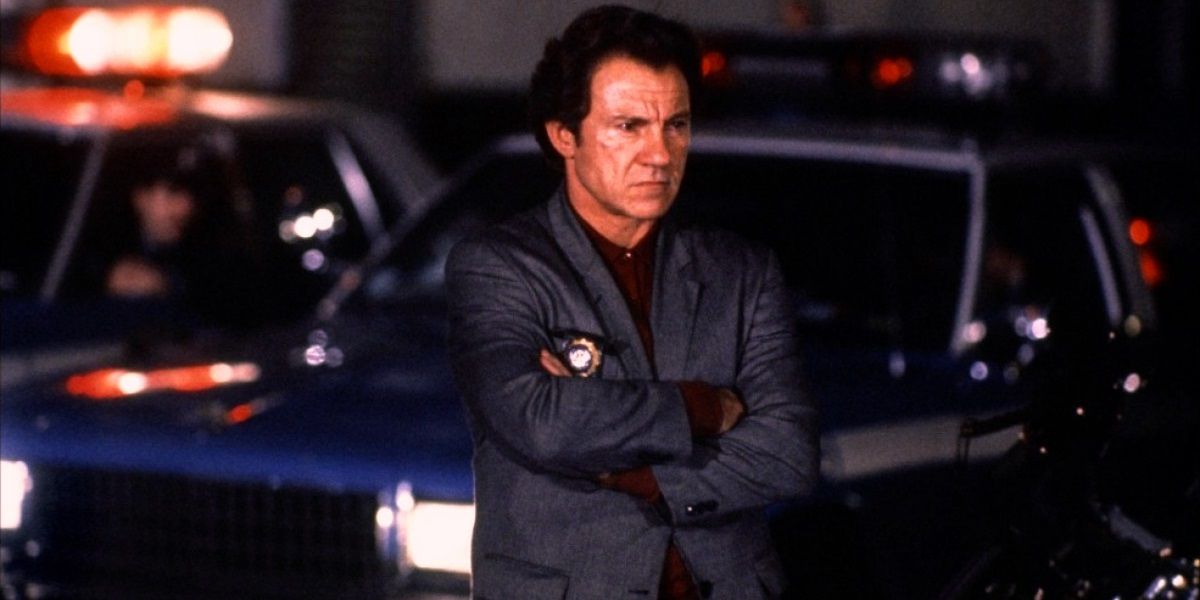
Harvey Keitel’s titular unnamed lieutenant in Abel Ferrara’s Bad Lieutenant spends the whole movie looking for the men who sexually assaulted a nun and when he finally catches them, instead of arresting them, he gives them $30,000 and puts them on a bus leaving New York.
Throughout the movie, he steals drugs from crime scenes and forces underage female suspects into sexual situations. He’s a pretty terrible person.
The Godfather Part II (1974)
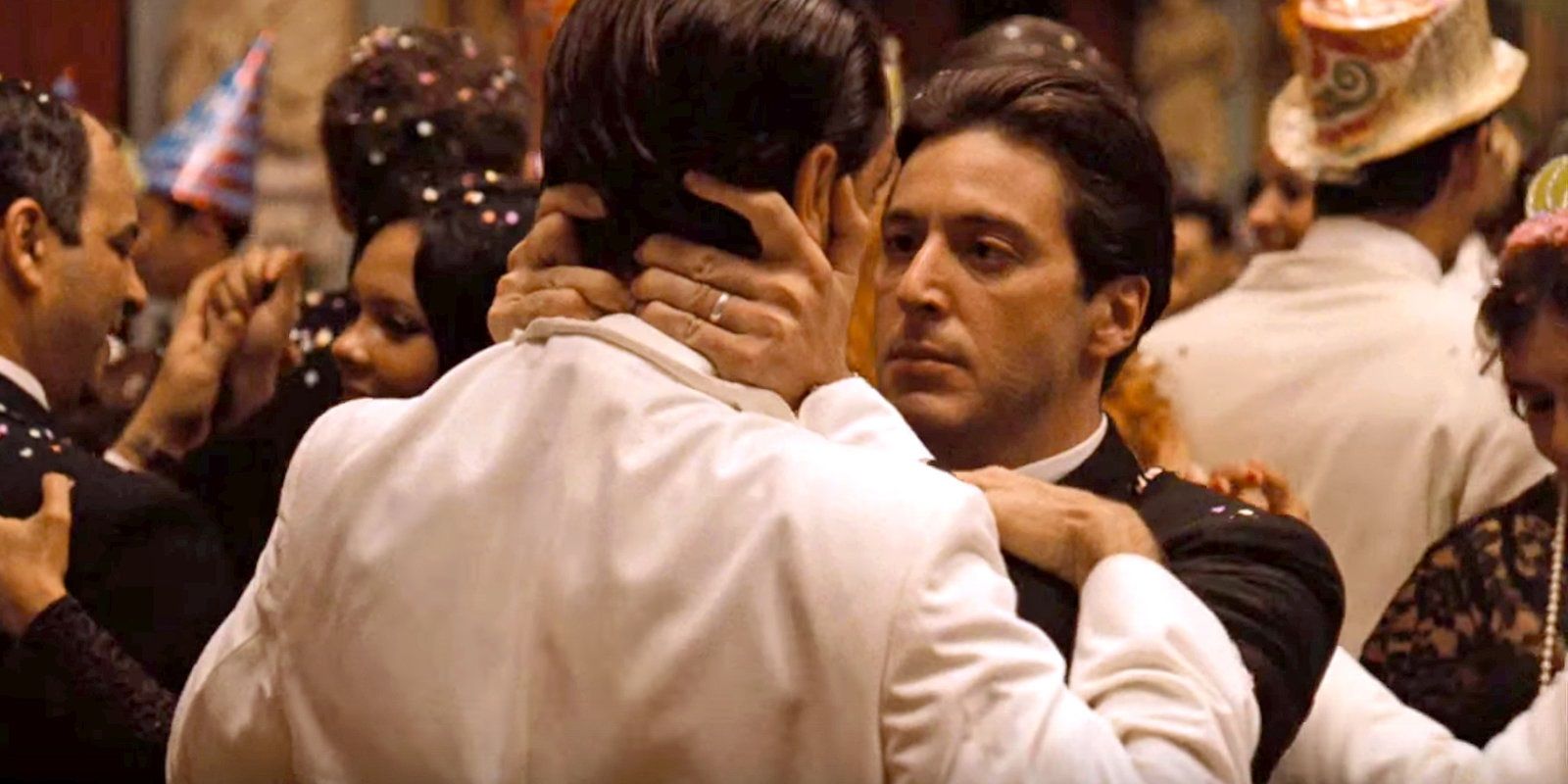
Francis Ford Coppola’s first Godfather movie charted Michael Corleone’s descent from a wayward war veteran destined for a prosperous legitimate career into a heartless criminal overlord.
At the beginning of Coppola’s equally acclaimed sequel, The Godfather Part II, Michael’s humanity is gone. Intercut with the story of a young Vito establishing the Corleone crime family as a young immigrant in New York, the Godfather sequel sees Michael having his own brother killed.
The Wolf Of Wall Street (2013)
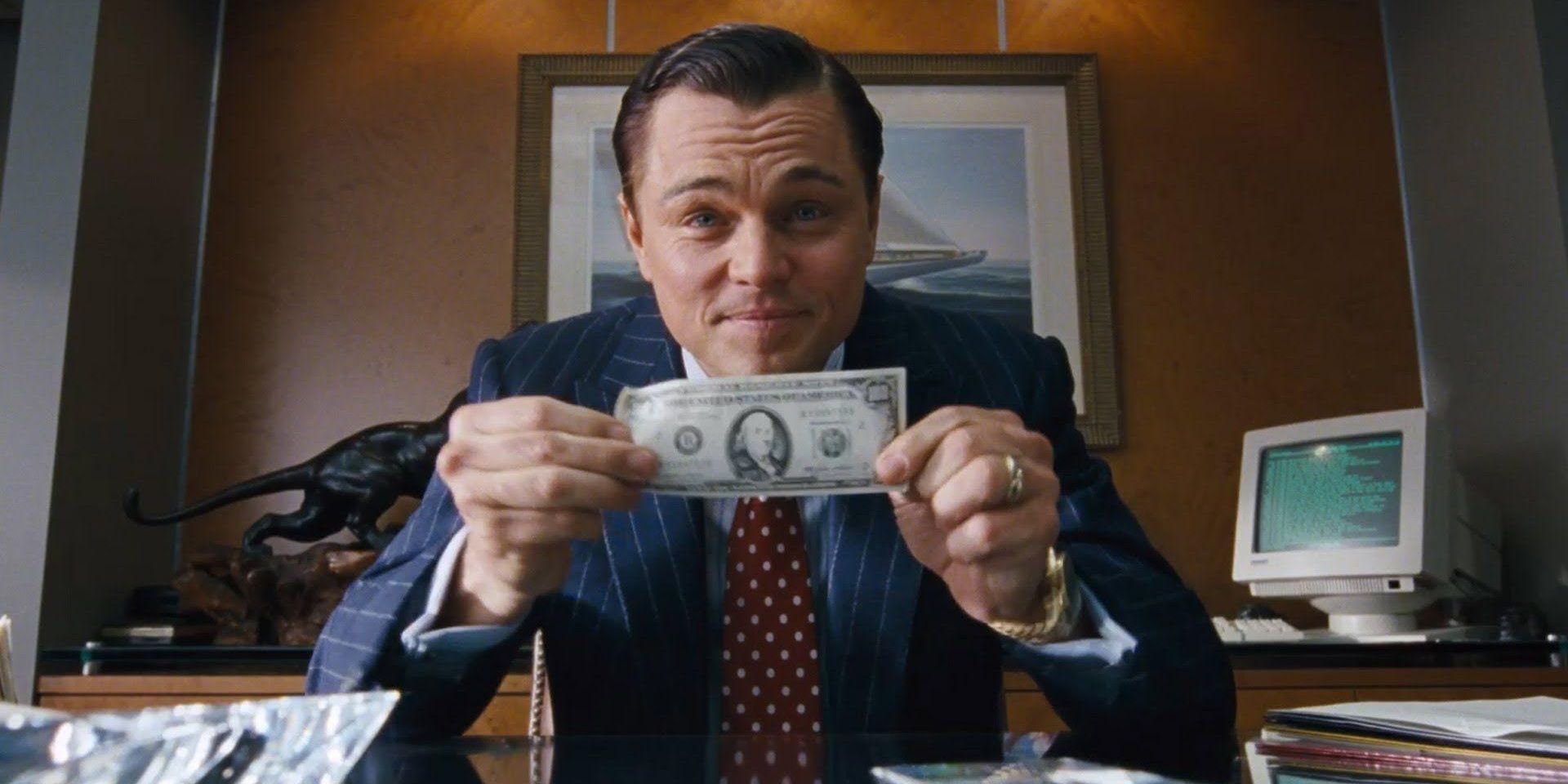
The opening scenes of The Wolf of Wall Street introduce stockbroker Jordan Belfort’s lavish lifestyle, spending millions of dollars conned from honest hard-working people on endless amounts of drugs and debauchery. He’s also an abusive husband and father on the side.
Martin Scorsese’s movie was criticized for glorifying Belfort’s lifestyle, but he’s left sad and alone by the final scene. The lack of justice simply reflects the lack of justice for Belfort’s crimes in real life.
Man Bites Dog (1992)
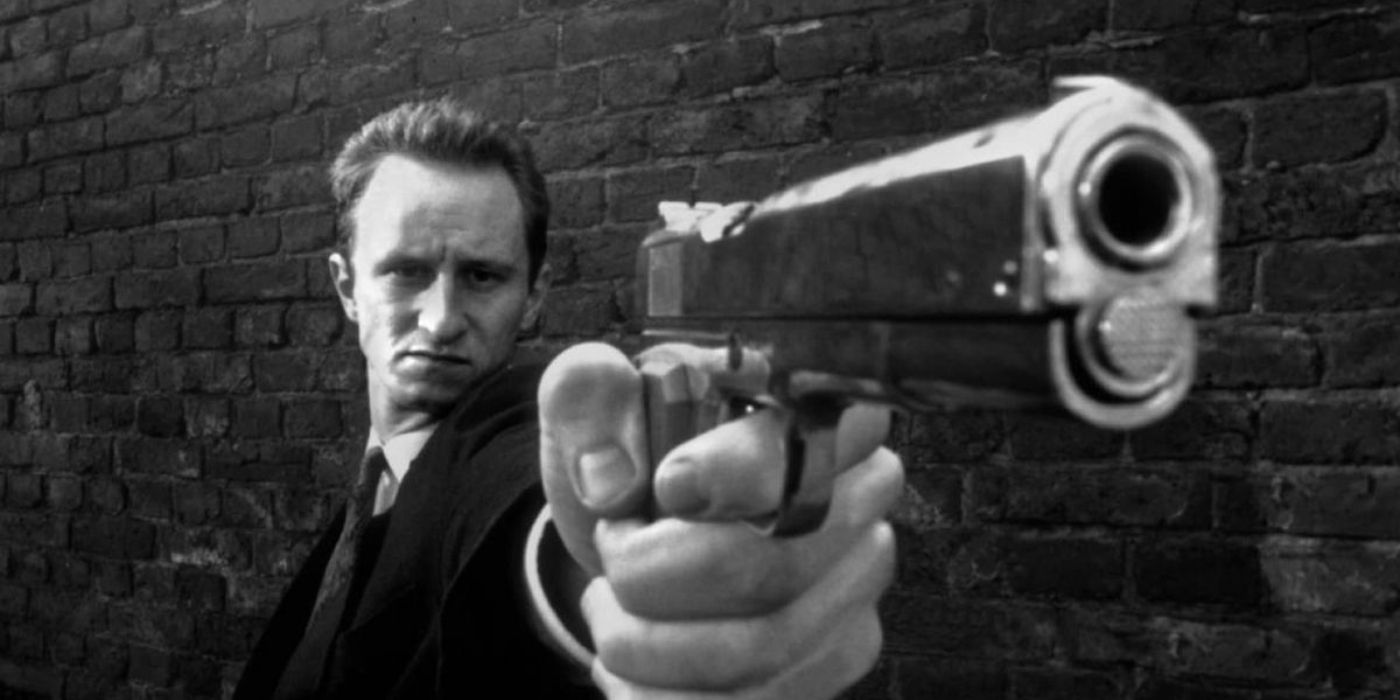
The protagonist of Man Bites Dog is an unapologetic serial killer. He callously takes human lives while addressing the audience with his oddly charismatic personality.
The movie’s mockumentary format adds an unsettling sense of realism to the sadistic events on-screen. The fourth wall-breaking draws the audience into his gruesome world.
Scarface (1983)
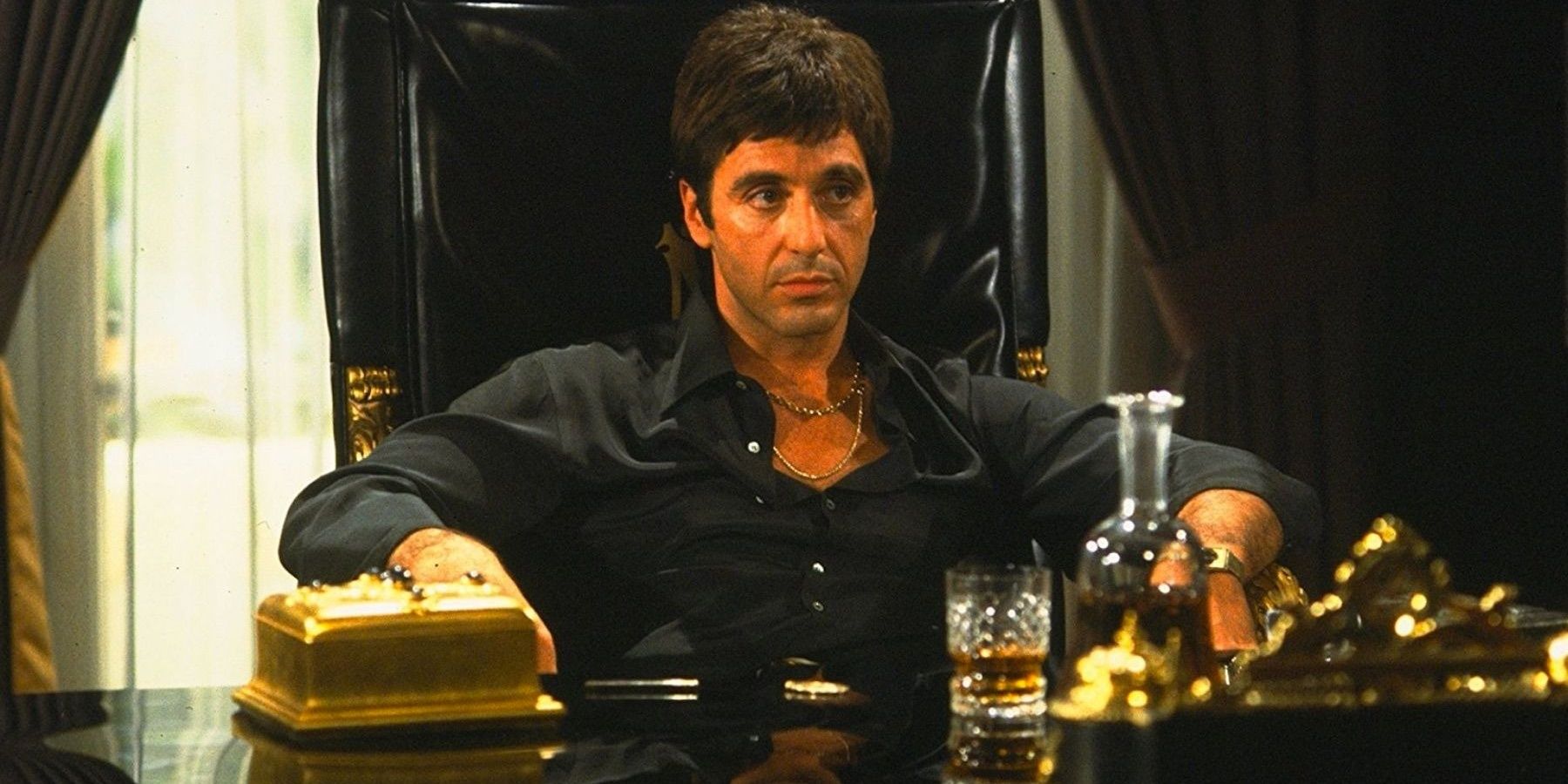
Oliver Stone’s script for Brian De Palma’s controversially violent Scarface remake recontextualized the story to revolve around a Cuban immigrant in contemporary Miami, working his way up the drug trade to become one of the most powerful criminals in America.
Tony Montana snorts cocaine by the heap, treats all his loved ones horribly, and makes it through very few social interactions without making a scene and yelling at some people.
There Will Be Blood (2007)
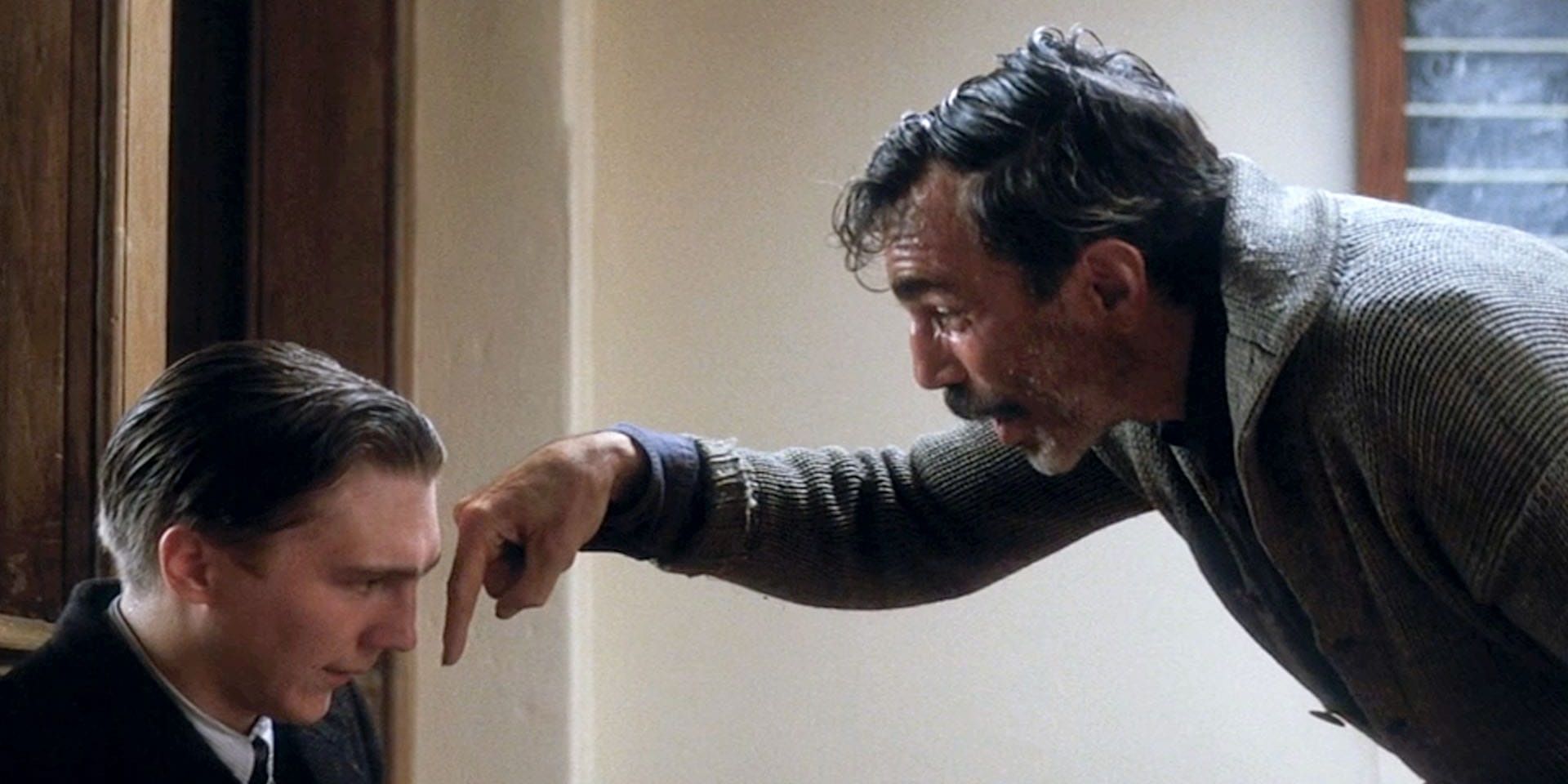
Daniel Day-Lewis stars in Paul Thomas Anderson’s sprawling epic masterpiece There Will Be Blood as an oil tycoon named Daniel Plainview who amasses a huge fortune from his business empire.
Plainview’s ever-expanding wealth chips away at his humanity. He does some awful things throughout the movie. After a man pretends to be his long-lost brother, he murders him. After his son is disabled in an oil derrick fire, he abandons him on a train.
Henry: Portrait Of A Serial Killer (1986)
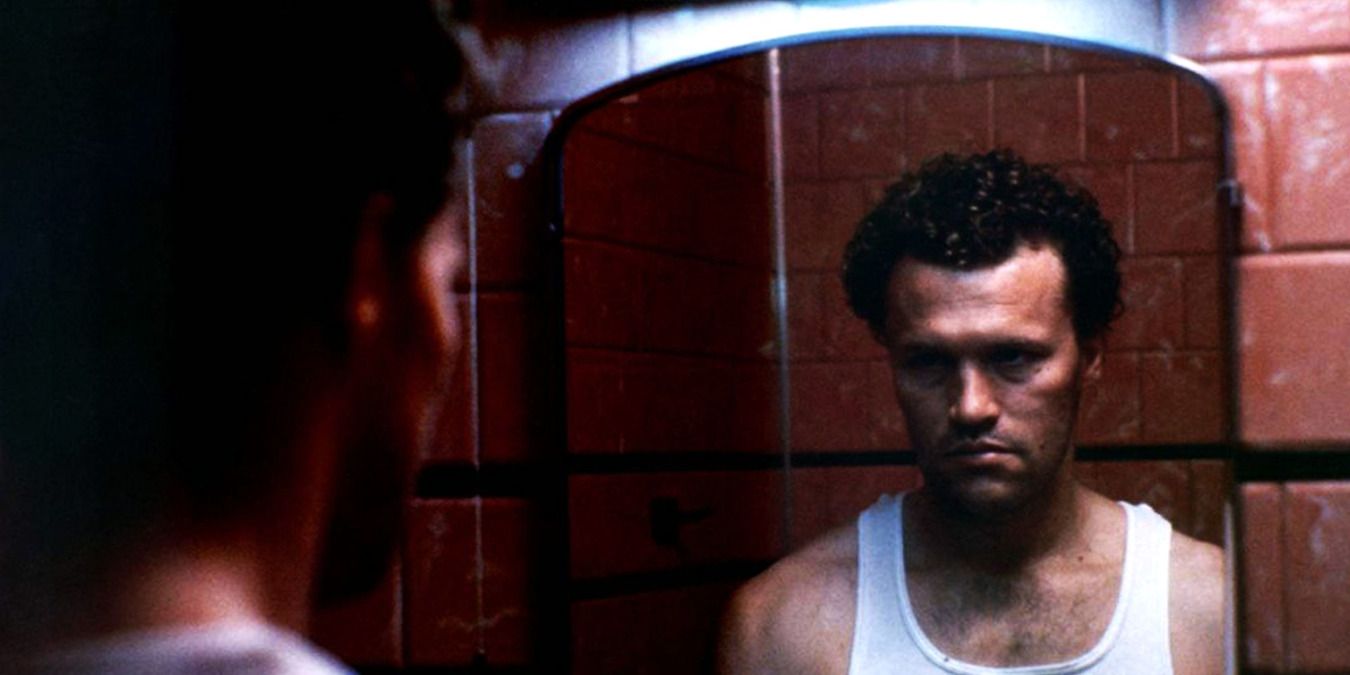
Long before he played sympathetic scumbags in The Walking Dead and Guardians of the Galaxy, Michael Rooker played a disturbingly blasé murderer in Henry: Portrait of a Serial Killer.
This movie is so controversially violent and unnerving that the distributors deliberated over it for four years before releasing the movie unrated.
Raging Bull (1980)
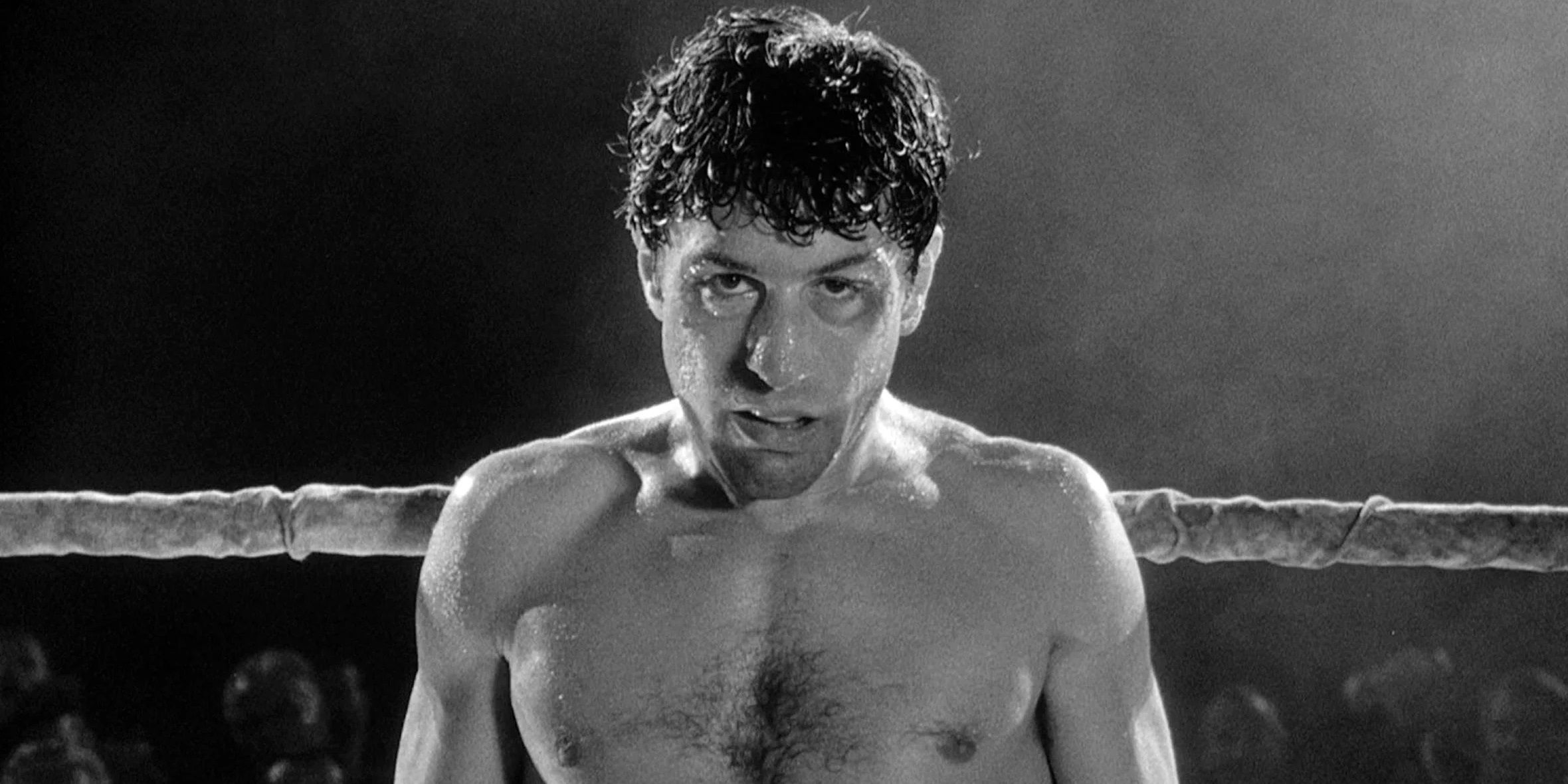
Boxer Jake LaMotta was just as violent at home as he was in the ring. Martin Scorsese and Robert De Niro didn’t hold back in their warts-and-all portrayal of LaMotta’s personal life in Raging Bull.
The minimalist domestic scenes in Raging Bull — contrasted with the bold, cinematic, visually stunning fight scenes — focus on all the ugliest human emotions: anger, jealousy, resentment.
M (1931)
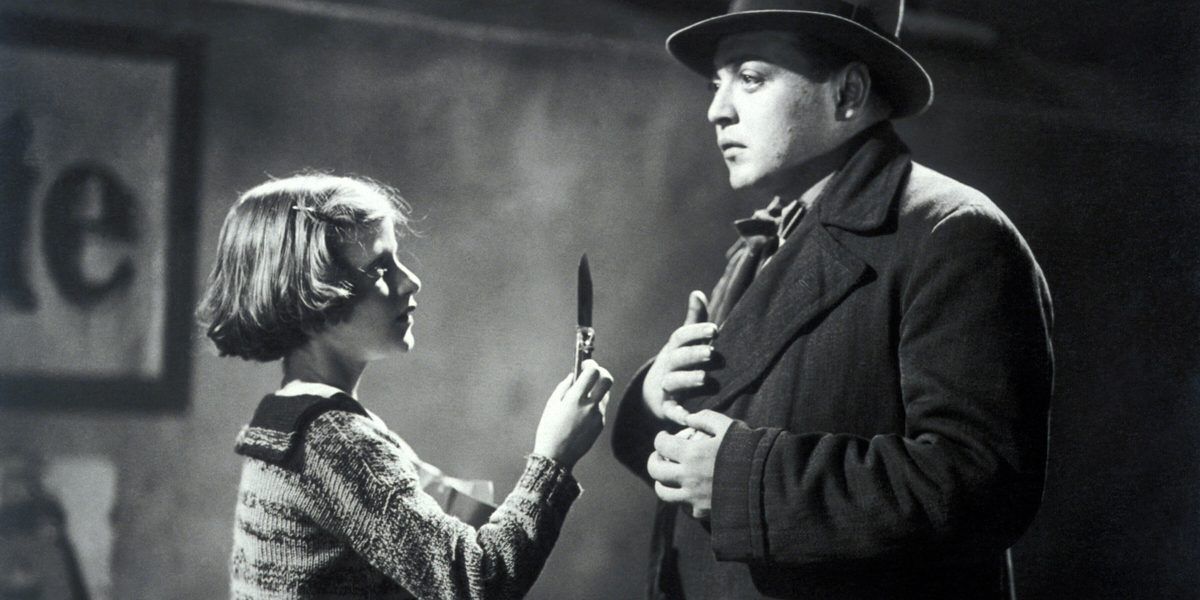
Fritz Lang’s M, one of the greatest thrillers ever made, revolves around a child murderer named Hans Beckert. Due to the horrific nature of his crimes, Beckert becomes the target of other criminals in addition to a widespread police manhunt.
As soon as Beckert realizes the cops and other killers are coming after him, he makes a desperate bid to escape justice. Lang declared this movie to be his magnum opus.
